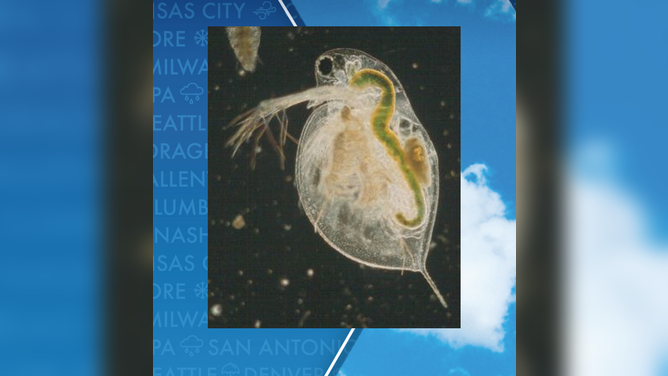Lake Tahoe’s clarity is the best it’s been in 40 years
Lake Tahoe straddles the border of Nevada and California. The freshwater lake is a popular vacation destination and is known for its recreational activities.
Divers pull 25,000 pounds of trash from Lake Tahoe
Colin West, founder of Clean up the Lake, and his team of divers pulled 25,000 pounds of trash from Lake Tahoe and now they want to clean more of the Sierra lakes.
SOUTH LAKE TAHOE, Calif. - There is good news for a popular vacation spot in the western U.S., as researchers recently announced the water that makes up Lake Tahoe is some of the clearest it has been since the 1980s.
Researchers from the University of California at Davis took readings using a disk called a Secchi and reported that the 2022 average annual clarity was 71.7 feet compared to only 61 feet in 2021.
Planning experts say the lake’s clarity indicates how healthy the environment is, which groups in California and Nevada are working to protect.
"The lake’s resilience must continue to be supported by regional investments in water quality, forest health and aquatic invasive species prevention and control," Regan said. "We will continue to work with regional science partners to better understand the role native species play in promoting clarity."
LONG TERM ‘ISN’T LOOKING GOOD’ FOR LAKE MEAD AND LAKE POWELL, AMERICA’S LARGEST RESERVOIRS

In 2022, the annual average depth was 71.7 feet compared to 61 feet in 2021.
(UC David Tahoe Environmental Center / FOX Weather)
Observations during the first several months of 2022 were poor, but researchers said the recovery of critical zooplankton helped the turnaround.
Common zooplankton in the massive lake are Daphnia and Bosmina, which consume algae particles and are known as nature’s "clean-up crew."
Researchers said other factors that influence year-to-year changes include runoff, warming of water temperatures and mixing of layers.
Due to the significant increase in clarity, experts believe zooplankton is largely responsible for the change.
Groups that have a stake in Lake Tahoe hope that clarity levels reach the 97.4-foot mark - a record set back decades ago.
Agencies report having made progress in keeping large amounts of sediment and other pollutants out of the lake but say there is more work to do.
NASA IMAGERY SHOWS LAKE MEAD WATER LEVELS LOWEST IN MORE THAN 80 YEARS

Zooplankton after eating plankton.
(FOX Weather)
"We expect the impact of Daphnia and Bosmina to grow over 2023, and clarity may return to 1970s levels—despite the expected large runoff from this year’s record snowpack," Brant Allen, a Tahoe Environmental Research Center boat captain and disk observer, stated.
The UC Davis Tahoe Environmental Research Center has been monitoring the lake's Secchi Depth measurements since 1968.
